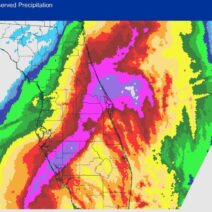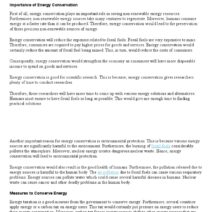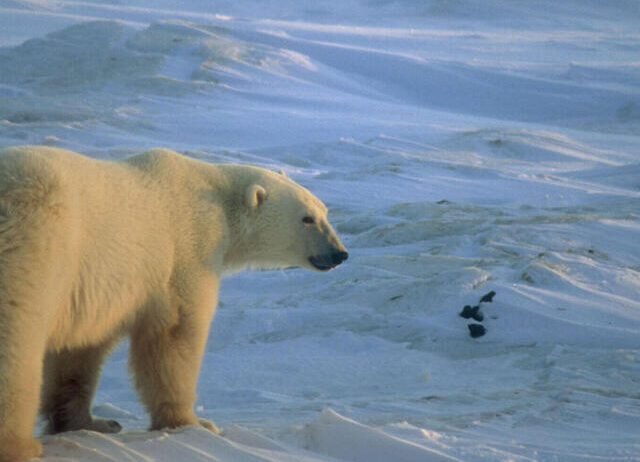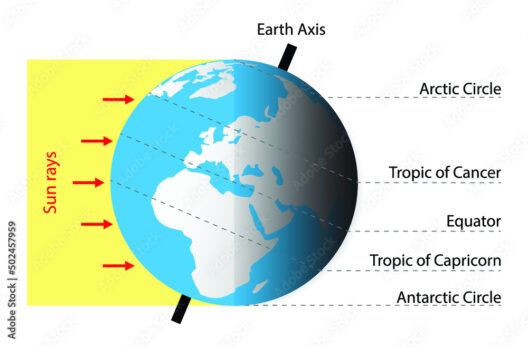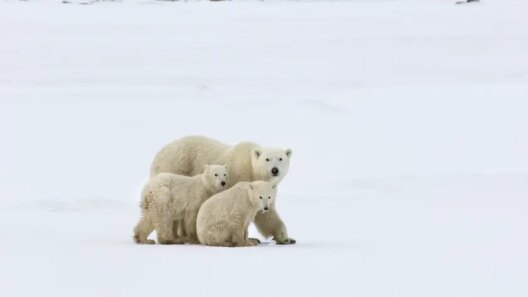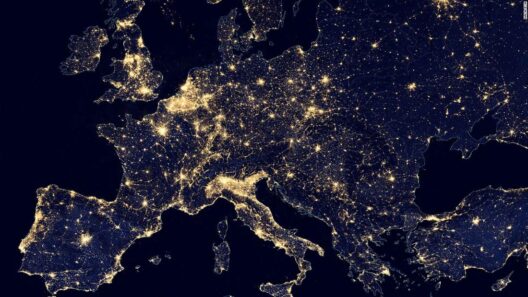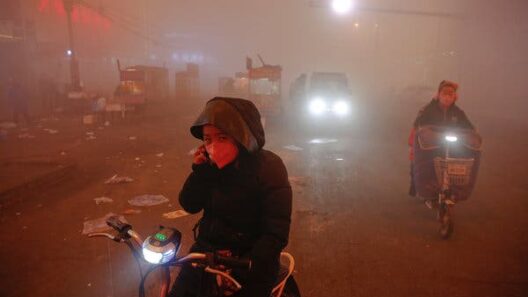Global warming has emerged as one of the most pressing challenges facing our planet today. As average global temperatures rise, the ramifications extend far beyond the immediate effects on weather patterns and human societies; they profoundly impact wildlife, particularly iconic species like polar bears. This phenomenon raises innumerable concerns about biodiversity, ecosystems, and the undeniable interconnectedness of life on Earth.
Polar bears (Ursus maritimus) are perhaps the most poignant example of wildlife affected by climate change. As apex predators, they occupy the top of the Arctic food chain and are intimately tied to the health of their icy habitat. The prognosis for polar bears is alarming, as the warming climate leads to the critical deterioration of their natural habitat. The Arctic region is warming at more than twice the global average rate, causing sea ice to diminish at an unprecedented pace. This reduction in ice impairs their ability to hunt seals, their primary food source, resulting in decreased body condition, lower reproductive rates, and heightened mortality amongst cubs.
Furthermore, the loss of sea ice has a cascading effect on the entire Arctic ecosystem. As polar bears struggle to find food, other species in the food web are also influenced. For example, seals, which rely on stable ice for breeding, may also experience population declines. The decline of seal populations in turn affects other marine predators and leads to a ripple effect that can destabilize the ecosystem as a whole. This interconnectedness emphasizes the fragility of Arctic food webs and highlights the urgency of addressing climate change.
The effects of global warming are not restricted to polar bears alone. Another vulnerable species is the walrus (Odobenus rosmarus), which also requires sea ice for resting and breeding. As the ice recedes, walruses are compelled to congregate on land, where overcrowding can lead to increased mortality rates among pups and increased competition for resources. The plight of the walrus parallels that of the polar bear, and both illustrate the broader issue of habitat loss in the face of climate change.
Bird species in the Arctic are equally at risk. Migratory patterns are being disrupted by the changing climate, which affects breeding success and survival rates. The shifting availability of food sources due to changing temperatures further complicates this already precarious balance for avian species. As the Arctic warms, the northern ranges of many migratory birds may no longer provide suitable habitats, forcing them to adapt to new environments or face population declines.
But it’s not just the Arctic that feels the sting of global warming. Terrestrial ecosystems worldwide are experiencing shifts as warmer temperatures alter the habitats of countless species. For example, amphibians, many of which are sensitive to temperature and moisture changes, are facing population declines due to habitat loss and the spread of disease exacerbated by changing climates. The bioindicators of these ecosystems reflect a stark reality: the delicate web of life is thinning.
In the context of the intertwined destinies of polar bears and other wildlife, the socio-economic implications of climate change cannot be overlooked. Indigenous communities who rely on the health of Arctic ecosystems for their livelihoods are facing unprecedented challenges. The melting ice affects traditional hunting practices, leading to food insecurity and a loss of cultural heritage. The survival of polar bears may symbolize a greater struggle; one that encapsulates the fight for both wildlife conservation and the preservation of human cultures deeply rooted in the natural world.
Moreover, the polar landscapes serve as a critical mechanism for carbon sequestration. As the ice melts, not only does it contribute to rising sea levels, but the underlying tundra can release stored carbon dioxide and methane, further exacerbating climate change. This self-perpetuating cycle of warming has significant implications for the global climate, further emphasizing the urgent need to tackle climate change head-on.
Conservation efforts focused on polar bears and their habitats represent a crucial front in the fight against climate change. Initiatives aimed at reducing greenhouse gas emissions, along with the establishment of marine protected areas, can play a pivotal role in preserving the delicate Arctic environments. Furthermore, raising awareness about the plight of polar bears serves as a rallying point for broader environmental movements. The majestic bear not only captures the imagination; it embodies the struggle for a sustainable future.
To genuinely impact polar bears and other wildlife, collective action must transcend borders. International cooperation is essential, as climate change knows no boundaries. It demands an unprecedented level of collaboration between governments, non-profits, and local communities to formulate and implement effective strategies aimed at mitigating its effects. Global agreements such as the Paris Accord illustrate the potential for cooperative action, yet strengthening these commitments is critical.
In conclusion, global warming poses significant threats to polar bears and an array of wildlife by altering habitats, disrupting ecosystems, and impacting species survival rates. The interconnectedness of life on Earth reveals the urgency of addressing climate challenges, not only for the sake of polar bears but for the survival of many species, including our own. As stewards of this planet, it is incumbent upon us to advocate for change, raise awareness, and engage in proactive conservation efforts to safeguard the fragile ecosystems that sustain both wildlife and humanity.
